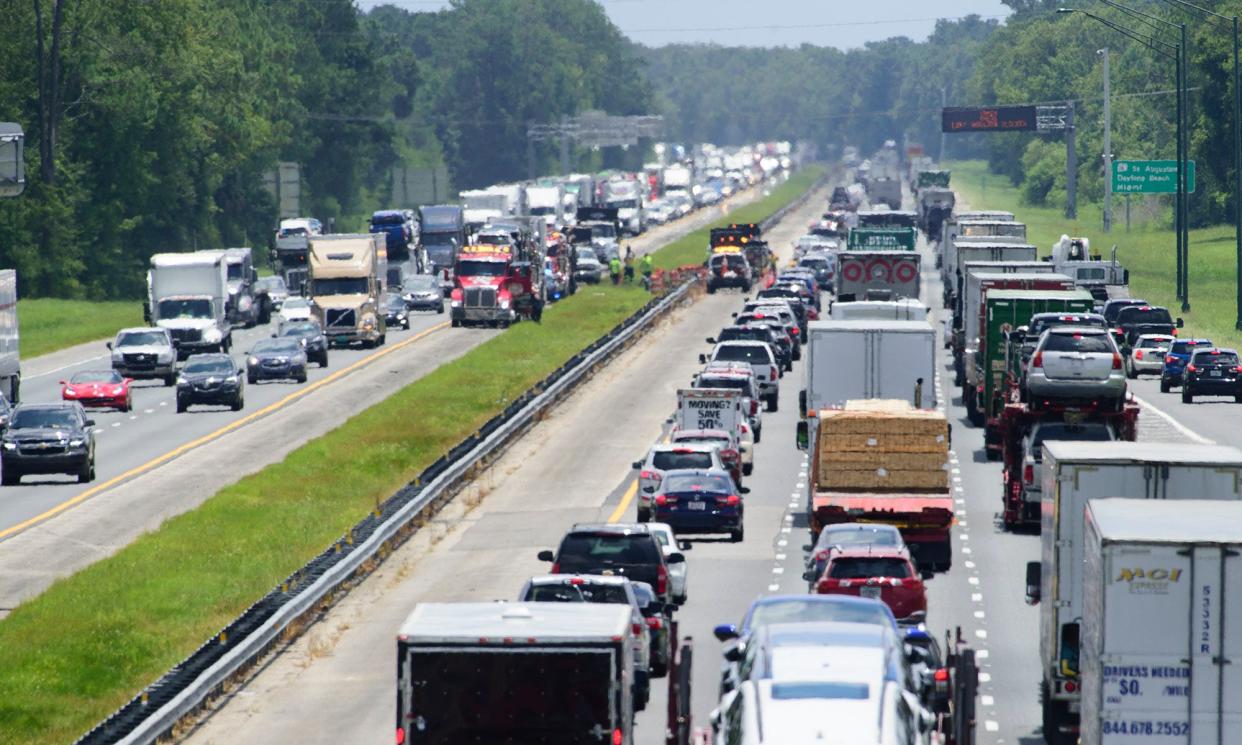Florida's enhanced 'Move Over' law now in effect

With the onset of the New Year comes an enhanced version of Florida’s "Move Over" law. Presently, Floridians must slow down and move over for first responders, tow trucks and municipal vehicles.
Now HB 425 requires drivers to move over for all disabled vehicles displaying hazard lights, emergency flares, emergency signage, and for vehicles stopped with people present. Vehicles unable to move over must slow down 20 miles below the speed limit.
According to the National Highway Traffic Safety Administration, "move over" laws vary from state to state. There is no federal law, although in some states, violators can be punished with fines and jail time.
“Violators could be cited with a noncriminal moving violation and a fine of up to $158,” said Mark Jenkins, a spokesman for the AAA Auto Club in a recent press release. “The roadside is a dangerous place for anyone, whether it’s a first responder or a daily commuter.”
Jenkins noted that AAA has long since advocated to enhance the existing law through its Move Over for Me campaign.
“We are glad to see this come to fruition,” he said.
The NHTSA described traffic stops as one of the most dangerous things a law enforcement officer does. The Labor Bureau of Statistics indicate that between 2016 and 2020, almost 350 people were fatally struck while standing outside of a disabled vehicle. On average, two emergency responders, including those working on tow trucks, are killed every month by a driver who didn’t move to the adjacent lane, affording the roadside rescue workers enough space to assist drivers in need. Roadside tow operators experience a kill rate of almost 43 deaths per 100,000 workers.
“We hope this enhancement to the current law will save lives by reminding drivers to give extra space when passing anyone on the roadside,” continued Jenkins.
“Florida’s move over law is imperative for the safety of first responders and others on our roadways,” said St. Johns County Sheriff Rob Hardwick. “Just recently, a deputy was struck by a passing vehicle during a traffic stop. He suffered a broken hand, but the incident could have been tragic.”
"These heroes put their lives on the line every time they rescue someone on the roadside,” said Jenkins in a press release. “We ask that drivers minimize distractions and constantly pay attention to the road ahead of you. Moving over just a few feet could mean the difference of life and death.”
AAA also suggests being a good passenger by assisting drivers with being aware of roadside issues.
Stranded motorists, meanwhile, should exit as far as possible onto the roadside shoulder to create a safe distance between the vehicle and oncoming traffic. Hazard lights should be on. If the vehicle is safely able to make it to an exit or a stopping point, do so. Drivers should remain with their vehicles as long as it’s safe. When exiting the vehicle, be aware of oncoming traffic. Stay as close as possible to the vehicle. Do not turn your back to oncoming traffic.
Click here for more information.
This article originally appeared on St. Augustine Record: Florida's enhanced 'Move Over' law now in effect

